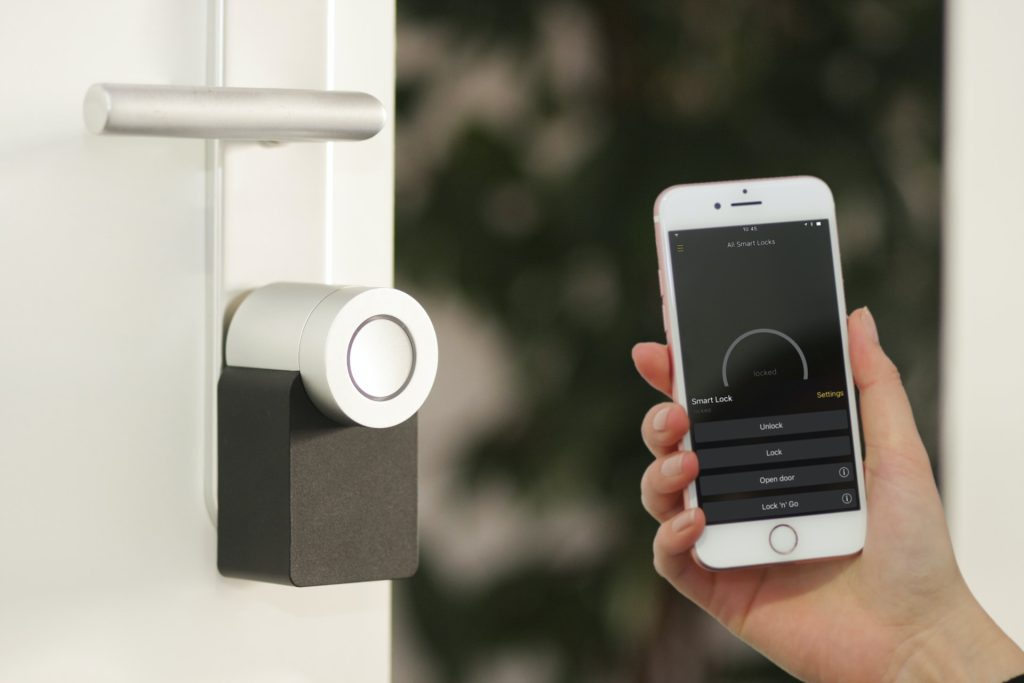How to Reset an Alarm System
Alarm systems are crucial to modern security setups, offering peace of mind and protection for homes and businesses alike. However, there are times when you might need to reset your alarm system, whether due to a false alarm, a system malfunction, or a change in security codes. This article will provide a comprehensive step-by-step guide on resetting an alarm system effectively and safely.

How to Reset an Alarm System
Step 1: Disarm the System
Before attempting any reset procedure, disarm your alarm system to prevent accidental alarms or disruptions. Enter your security code or use your access key fob to disarm the system.
Step 2: Locate the Master Control Panel
Find the main control panel of your alarm system. It is usually located near the main entrance or in a central area of your property. Open the panel to access the internal components.
Step 3: Power Down the System
Locate the power source for your alarm system. It might involve unplugging the power cord from an electrical outlet or disconnecting the backup battery. Ensure that the system is completely powered down before proceeding.
Step 4: Wait and Reconnect
Wait for a few minutes after powering down the system. This pause allows any residual electrical charge to dissipate. Reconnect the power source—first, the backup battery (if applicable), and then the main power.
Step 5: Enter Default Master Code
Sometimes, a hard reset might require you to enter a default master code provided by the manufacturer. Consult your alarm system’s manual to find this code and follow the instructions carefully to enter it. It will often revert the system to its factory settings.

Step 6: Reconfigure Settings
Once the default settings are restored, you must reconfigure the system to your preferences. It might involve setting up sensor zones, defining entry and exit delays, and customizing alarm codes. Refer to your alarm system’s manual for guidance on this.
Step 7: Test the System
Before the reset process is complete, thoroughly testing the alarm system is crucial. Arm the system and trigger each sensor to ensure they are working correctly. Walk through each entry point to confirm that the entry and exit delays are set appropriately.
Step 8: Update Contact Information
If a security company monitors your alarm system, update any contact information that might have changed during the reset process. It ensures that emergency responders or security personnel can reach you in case of an alarm activation.
Resetting an alarm system might seem like a daunting endeavor, but by following these step-by-step instructions, you can ensure a smooth and successful reset process. Whether addressing a malfunction or updating your system’s settings, resetting your alarm system correctly ensures that your security remains uncompromised and your property remains well-protected. If you’re ever unsure about the process, consider contacting your alarm system provider or a professional technician to assist you in the reset procedure.

